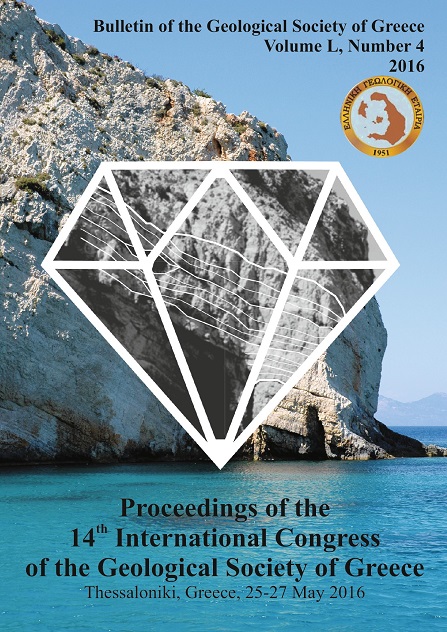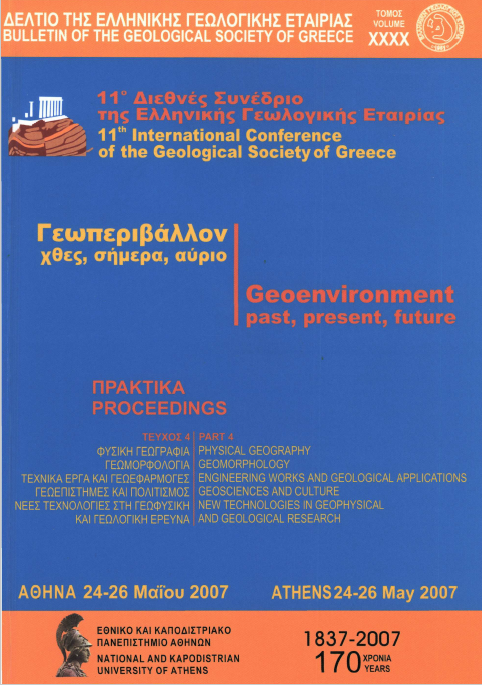PETROGENETIC SIGNIFICANCE OF SPINELS FROM SERPENTINISED PERIDOTITES FROM THE VERIANAOUSA OPHIOLITE

Abstract
The Veria-Naousa ophiolitic complex represents a dismembered ophiolite unit, which is superimposed on a basement consisting of rocks belonging to the Pelagonian and Axios (Almopias subzone) isopic zones in northern Greece. Mantle peridotites are composed of variably serpentinised lherzolite and harzburgite intruded by a sparse network of pyroxenitic dykes. The serpentinised lherzolite and harzburgite contain Alspinels (Cr#=38.83-42.52 and Mg#=58.94-64.77), Cr-spinels (Cr#=43.37-64.92 and Mg#=49.20-58.66) and magnesiochromites (Cr#=53.93 57.13 and Mg#=55.73- 61.71). All of them display commonly richer-in-Cr cores rimmed by secondary ferrian chromite and magnetite. Whole-rock geochemicall compositions and primary spinel chemical composition of these peridotites are analogous to peridotites that formed in a suprasubduction zone. Ιt is supported that the Mantle peridotites of the VeriaNaousa ophiolitic complex formed in a back-arc basin
Article Details
- How to Cite
-
Rogkala, A., Petrounias, P., Tsikouras, B., & Hatzipanagiotou, K. (2016). PETROGENETIC SIGNIFICANCE OF SPINELS FROM SERPENTINISED PERIDOTITES FROM THE VERIANAOUSA OPHIOLITE. Bulletin of the Geological Society of Greece, 50(4), 1999–2008. https://doi.org/10.12681/bgsg.11946
- Section
- Petrology and Mineralogy

This work is licensed under a Creative Commons Attribution-NonCommercial 4.0 International License.
Authors who publish with this journal agree to the following terms:
Authors retain copyright and grant the journal right of first publication with the work simultaneously licensed under a Creative Commons Attribution Non-Commercial License that allows others to share the work with an acknowledgement of the work's authorship and initial publication in this journal.
Authors are able to enter into separate, additional contractual arrangements for the non-exclusive distribution of the journal's published version of the work (e.g. post it to an institutional repository or publish it in a book), with an acknowledgement of its initial publication in this journal. Authors are permitted and encouraged to post their work online (preferably in institutional repositories or on their website) prior to and during the submission process, as it can lead to productive exchanges, as well as earlier and greater citation of published work.



